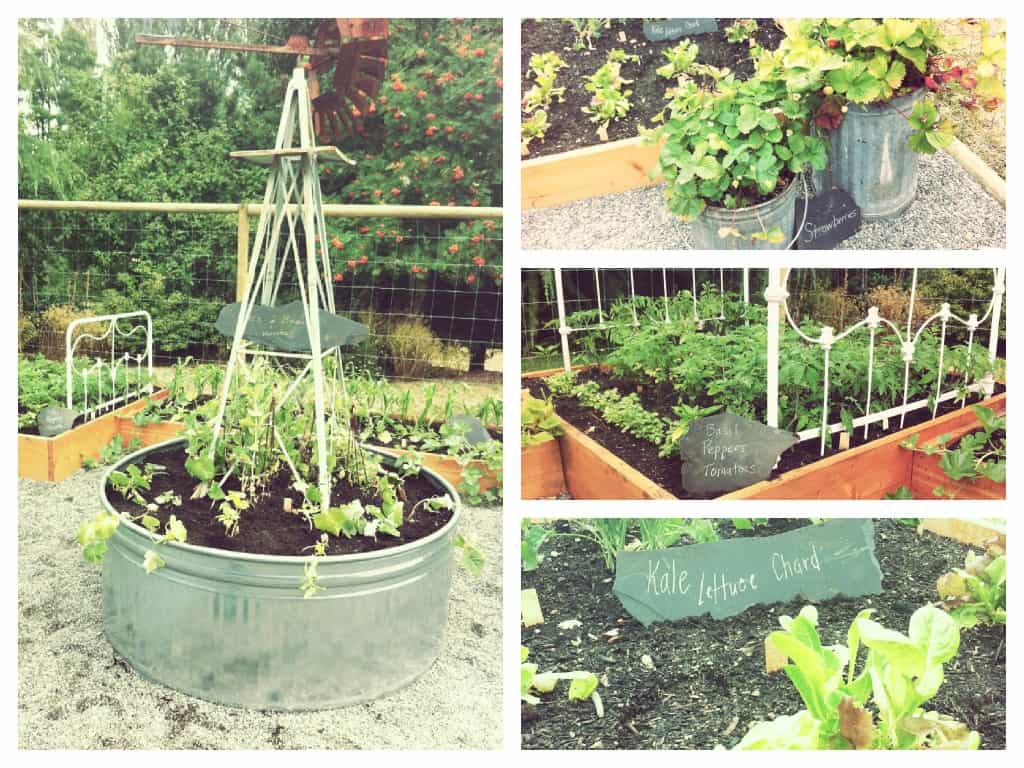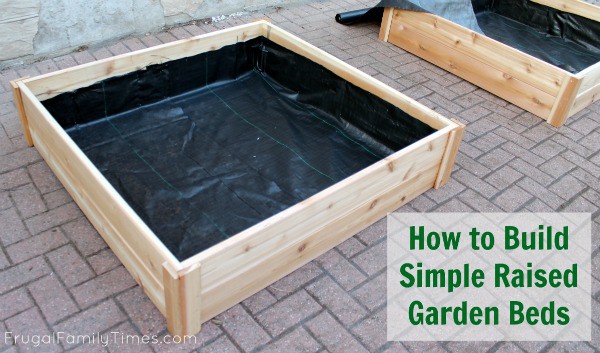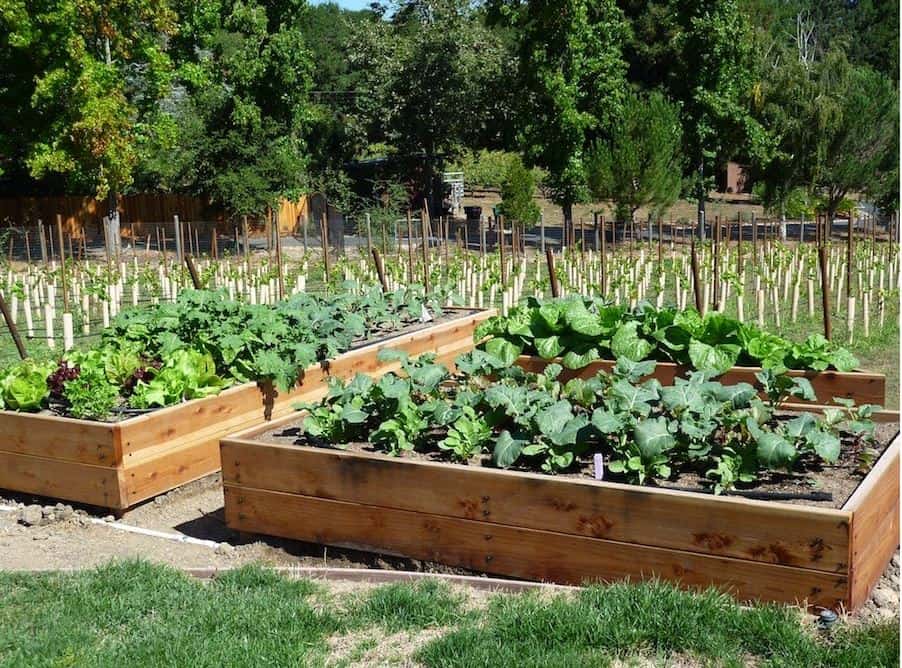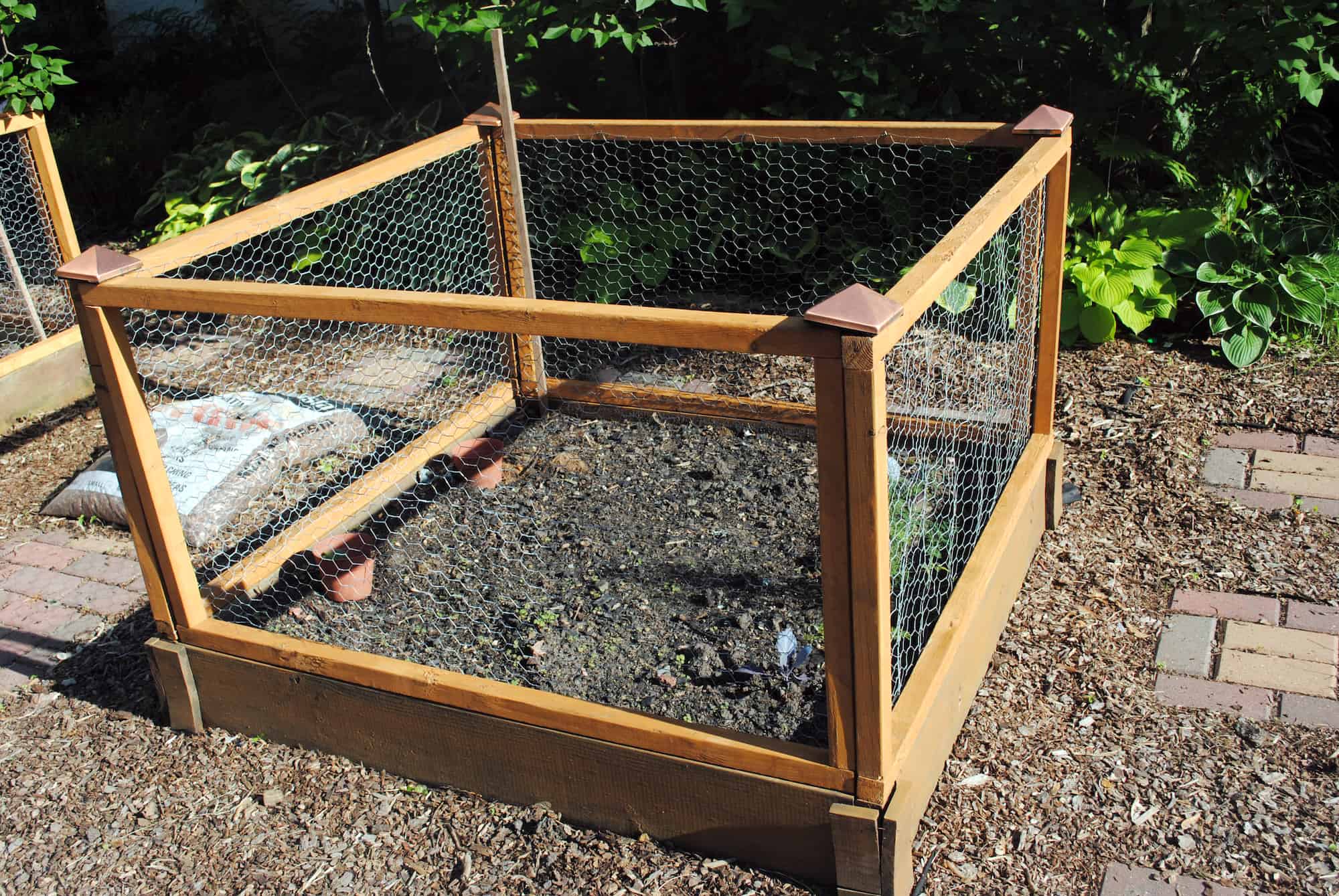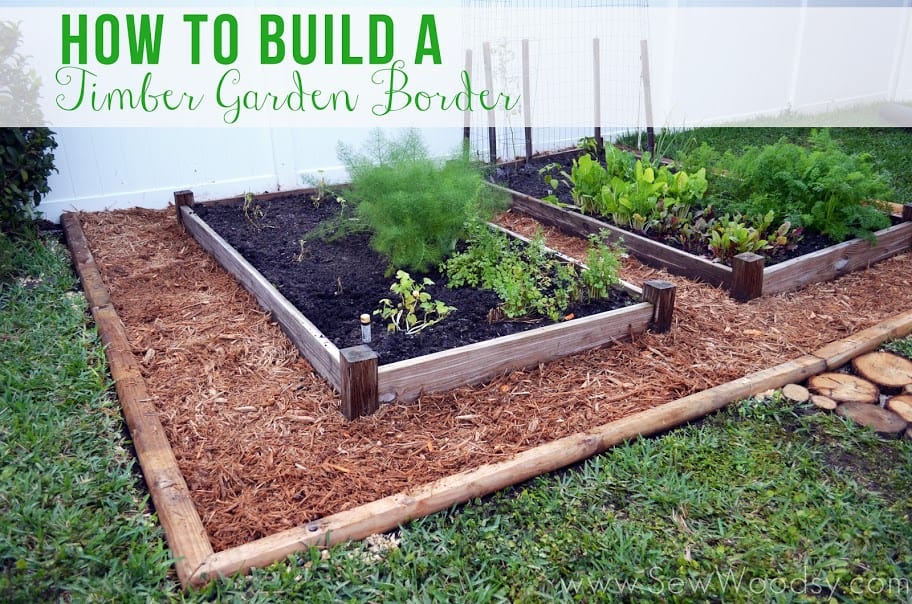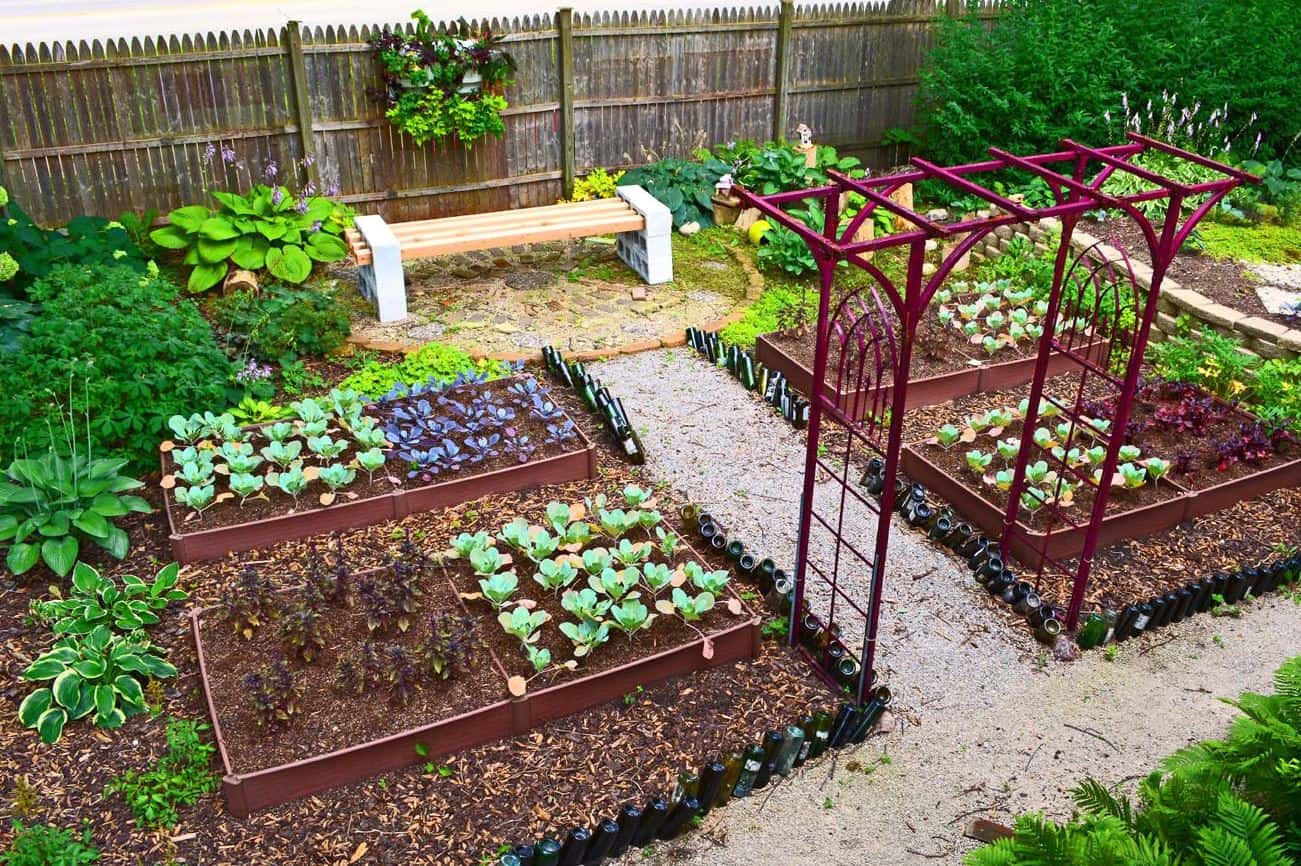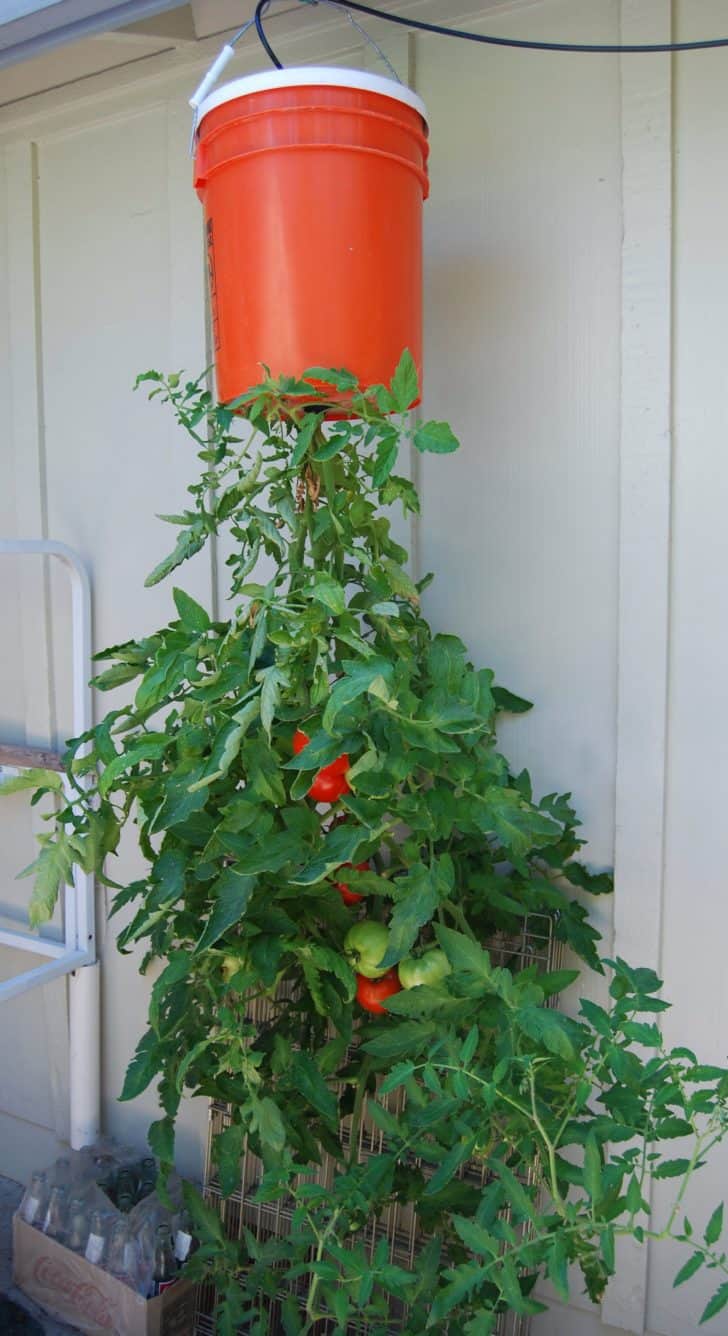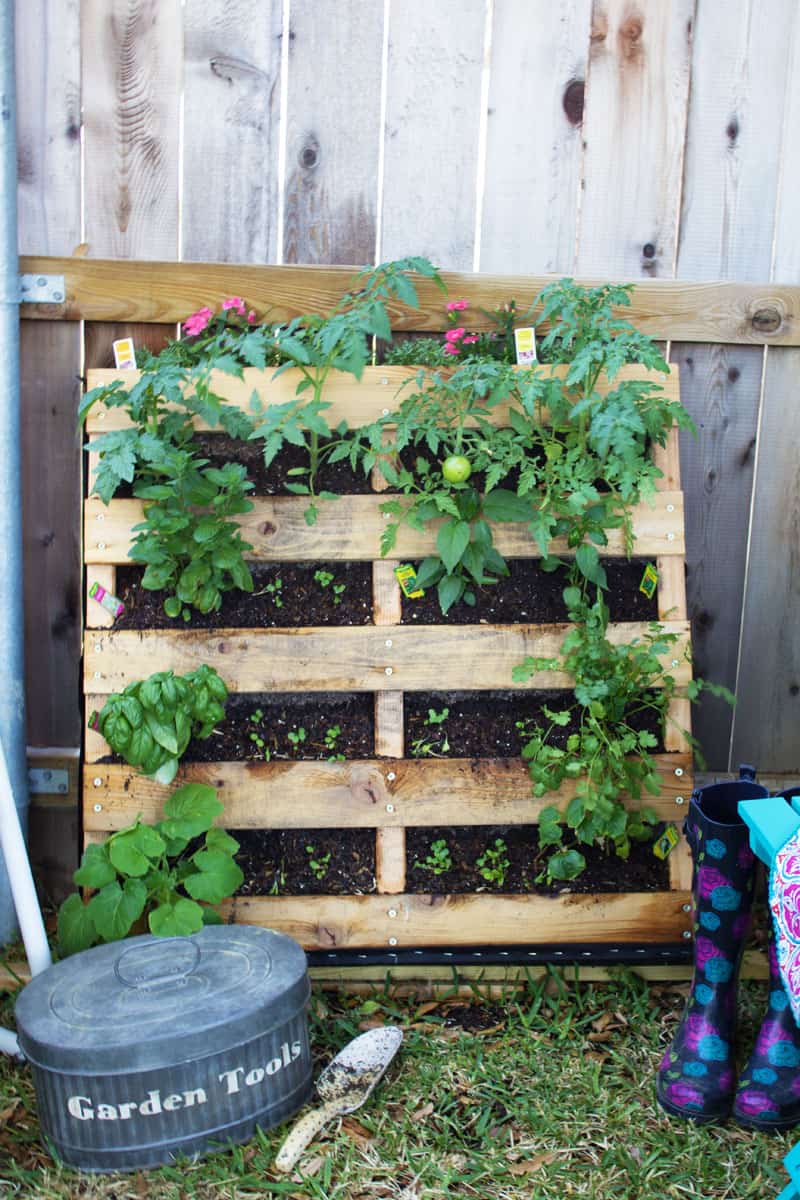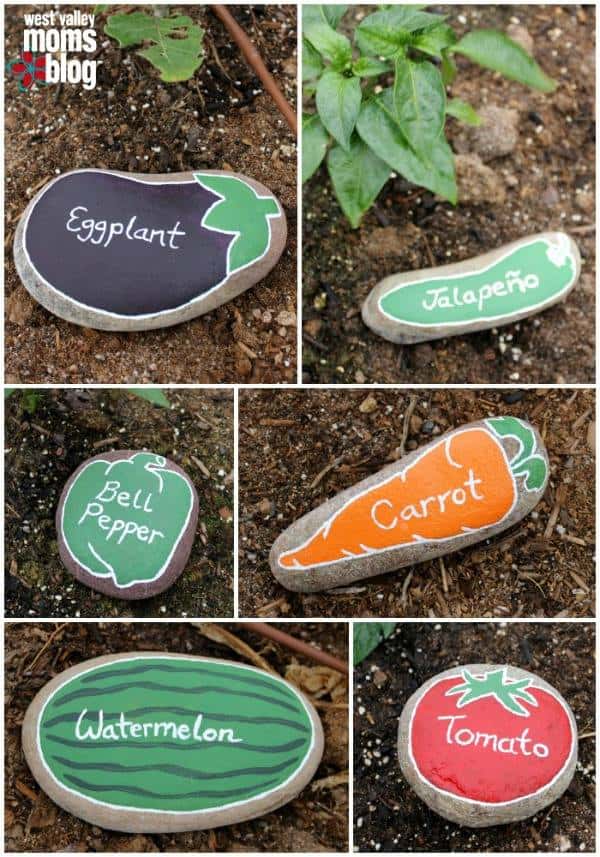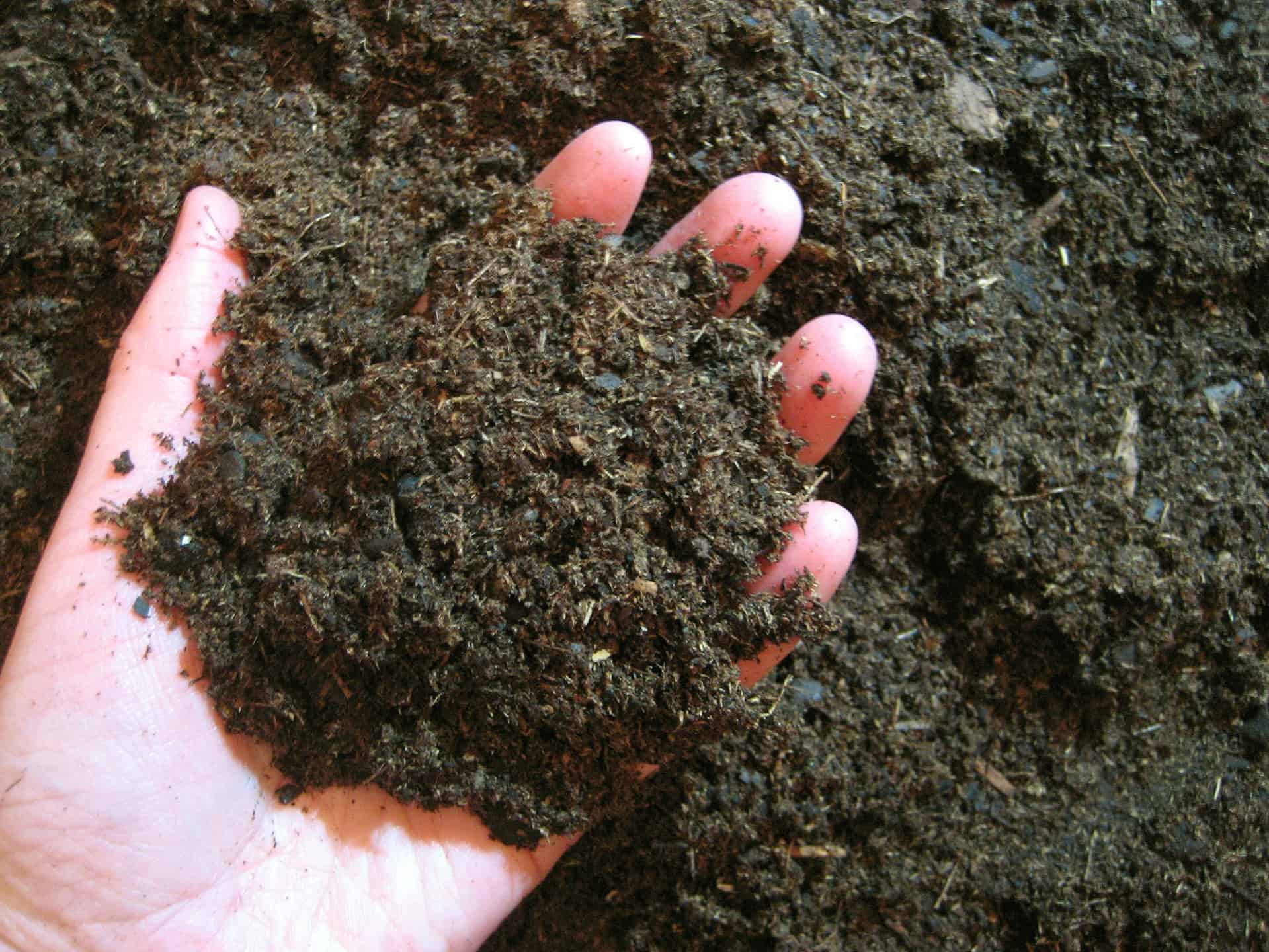Vegetable Gardens: 10 Steps for Doing it Right
Planting our own vegetable garden is something we’ve always wanted to do, ever since we were young. Now that we’ve finally decided the time is right, we want to make very sure we do it the correct way! That’s why we’ve been on the hunt for the best tips and tricks around, from all over the Internet.
Just in case you could use some guidance regarding vegetable gardens as well, here are 10 awesome pointers for making your vegetable garden the best it can possibly be!
1. Feed the soil
If you’re going to grow the best vegetables you possibly can, it’s important to give them the very best soil to nourish them! Ei Ei Home suggests making very sure that you fertilize your gardens with soil that has been fed with compost, shredded leaves, and, believe it or not, animal manures.
2. Don’t forget to mark your plants
This might sound like a common sense thing to do to people who have planted gardens before, but you’d be surprised how easy it is to forget what you have growing where! That’s important because, as West Valley City Moms reminds you, you might have trouble telling the leaves of new plants apart until they’re bigger but different vegetables might require different care before then.
3. Consider a vertical pallet garden to save space
Do you live in a space with a very small yard but you’re still feeling very intent on growing your own vegetables? Then we’d absolutely suggest taking a look at how World Market used an old wooden pallet to make a vertical vegetable garden that covers far less surface area! There are several vegetable that will thrive well in this layout, including tomatoes, lettuce, herbs, summer squash, and cucumbers.
4. Consider anti-gravity tomato gardens
Just in case you’re still in the market for space saving ideas but you’re only really interested in growing tomatoes, here’s another awesome idea that also looks very intriguing to visitors! 1001 Gardens suggests upcycling a large plastic bucket and creating an “anti-gravity” tomato garden that will actually help your tomato plants last a little longer if you live in a cold place by keep them up out of the frozen ground.
5. Choose space and location carefully
According to Ei Ei Home, there are all kinds of ways to lay out a vegetable garden and you’ll have to consider your space and choose what works best for the area you’ve got to work with. Keeping what you’d like to plant in mind, they urge you to consider sunlight, proximity to water, and protection from frost and wind before you build your vegetable garden.
6. Build a timber garden border to keep out weeds
Besides just building a frame around the garden you’re planting, we’d suggest taking a look at how Sew Woodsy built an additional border around that to protect their vegetables from leaves! By creating space between your garden and your lawn using wood chips, which weeds can’t grow in, you stop them from spreading into your vegetable plots from the grass.
7. Consider make a low garden fence to keep critters out
If you live in an area that gets lots of little animals, like rabbits and squirrels, you might find that you have trouble with them eating your plants before the vegetables even have a chance to finish growing. That can be remedied by building a small, simple fence around the plots, just like Star Tribune did here.
8. Consider a raised bed
Instead of just setting up a garden plot right in the grass of your lawn, take a look at how Ei Ei Home built these above-ground vegetable garden boxes! These are beneficial for several reasons. They’re actually less work to maintain because you can place them more strategically to require less watering and weeding. The plants will also benefit from the reduced soil compaction that happens in the boxes because people won’t be walking over the garden as they cross the yard.
9. How to build your own simple raised garden beds
Have we really caught your attention with the idea of building garden bed boxed because you think the benefits of using those outweighs the idea of making a plot of dirt right in your lawn? Then we think you’ll appreciate this step by step guide from Frugal Family Times that shows you how to make your own from scratch
10. Wash tubs work as raised garden beds
Are you a huge fan of the idea of making raised garden beds but you really can’t see yourself doing any woodworking because you’ve never tried it before and you don’t feel ready to start? Then maybe you’d prefer a vintage inspired upcycling project instead! Check out how Do DIYS built a lovely tomato garden in an old washtub.
Have you made another kind of vegetable garden with a different layout or display but you don’t see anything quite similar to what you created on our list? Perhaps you know an extra useful tip or trick that we missed! Tell us all about it or link us to photos of your finished work in the comments section!
